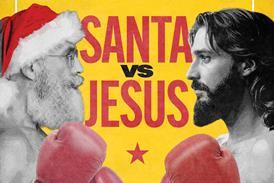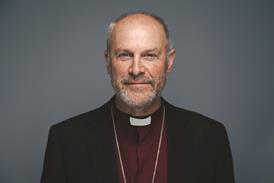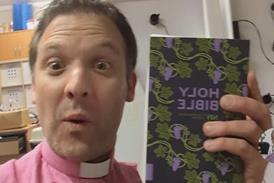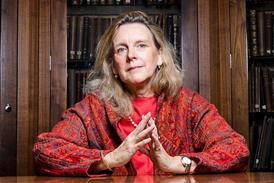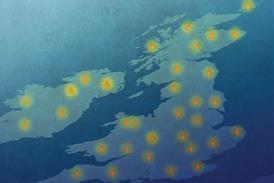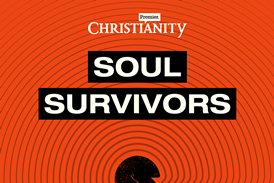The Forgotten Door: In our rush to prove truth, the Church forgot about beauty
By  Andy Kind2025-07-24T09:37:00
Andy Kind2025-07-24T09:37:00

It’s not always a solid argument that wins a heart to Christ but, increasingly, an encounter with something far more transcendent. Let’s get rid of the moss and bring on the beauty, says Andy Kind
I addressed the crowd with confidence: “Christianity is not about feelings, it’s about facts,” I declared.
A smattering of applause and the odd “Amen!” punctuated the air but, on the face of my non-Christian friend, I simply saw a broken hallelujah. He had agreed to come to the event and hear me speak because of a certain ‘spiritual longing’ that he was experiencing. Yet, in the space of one trite aphorism burned straight from Now That’s What I Call Evangelical Soundbytes, Volume 3, I had dragged him back through the looking glass from an imagined Wonderland and into the solid, sober world of Christian evidentialism.
Related articles
-
 Opinion
OpinionFor the quiet revival to grow louder, it needs theologians at its heart
2025-08-08T16:03:00Z By Graham Tomlin
Every revival in history has been accompanied by a simultaneous renewal of theology. Yet, as the recent closure of Spurgeon’s College shows, the Church today is in urgent need of fresh investment in the next generation of theologians, says Graham Tomlin
-
 Opinion
OpinionMy song ‘Shine Jesus Shine’ has been voted the no.1 assembly banger. This is how it became an anthem
2025-12-09T14:01:00Z By Graham Kendrick
Worship leader Graham Kendrick reflects on how his 1987 song ‘Shine Jesus Shine’ has endured across generations, spreading from church halls to Glastonbury Festival and even being voted the nation’s favourite school hymn
-
 Opinion
OpinionNetflix’s House of Guinness turned my husband’s evangelist grandfather into a vindictive villain
2025-12-09T09:41:00Z By Michele Guinness
Netflix’s House of Guinness may be gripping television, but it bears little resemblance to historical truth - particularly when it comes to evangelist Henry Grattan Guinness, writes his granddaughter-in-law
More from Features
-
 Magazine Features
Magazine FeaturesSanta vs Jesus: When Claus meets the Christ
2025-11-28T11:20:00Z By Paul Kerensa
They’re often pitted against one another, but new research from Paul Kerensa has revealed it hasn’t always been this way. Can the Sleighman and the Saviour be friends after all?
-
![Jesus-myths-01-[Recovered]](https://d17xjl6rg4e8ic.cloudfront.net/Pictures/100x67/6/3/7/45637_jesusmyths01recovered_933246.jpg) Magazine Features
Magazine Features6 myths about Jesus debunked
2025-11-28T10:05:00Z By Jared Brock
Given it’s his birthday (kind of), it’s only fair we get to know the real Yehoshua ben Yehoseph. Jared Brock separates fact from fiction
-
 Magazine Features
Magazine FeaturesChurch is overwhelming for many. Here’s how to help
2025-11-28T03:29:00Z By AJ Gomez
Church should be a refuge – but for many, attending a Sunday service is tough. AJ Gomez investigates why some Christians find gathering together difficult, and what both leaders and individuals can do to help
- Issues
- Topics A-Z
- Writers A-Z
- © 2025 Premier Christianity
Site powered by Webvision Cloud


